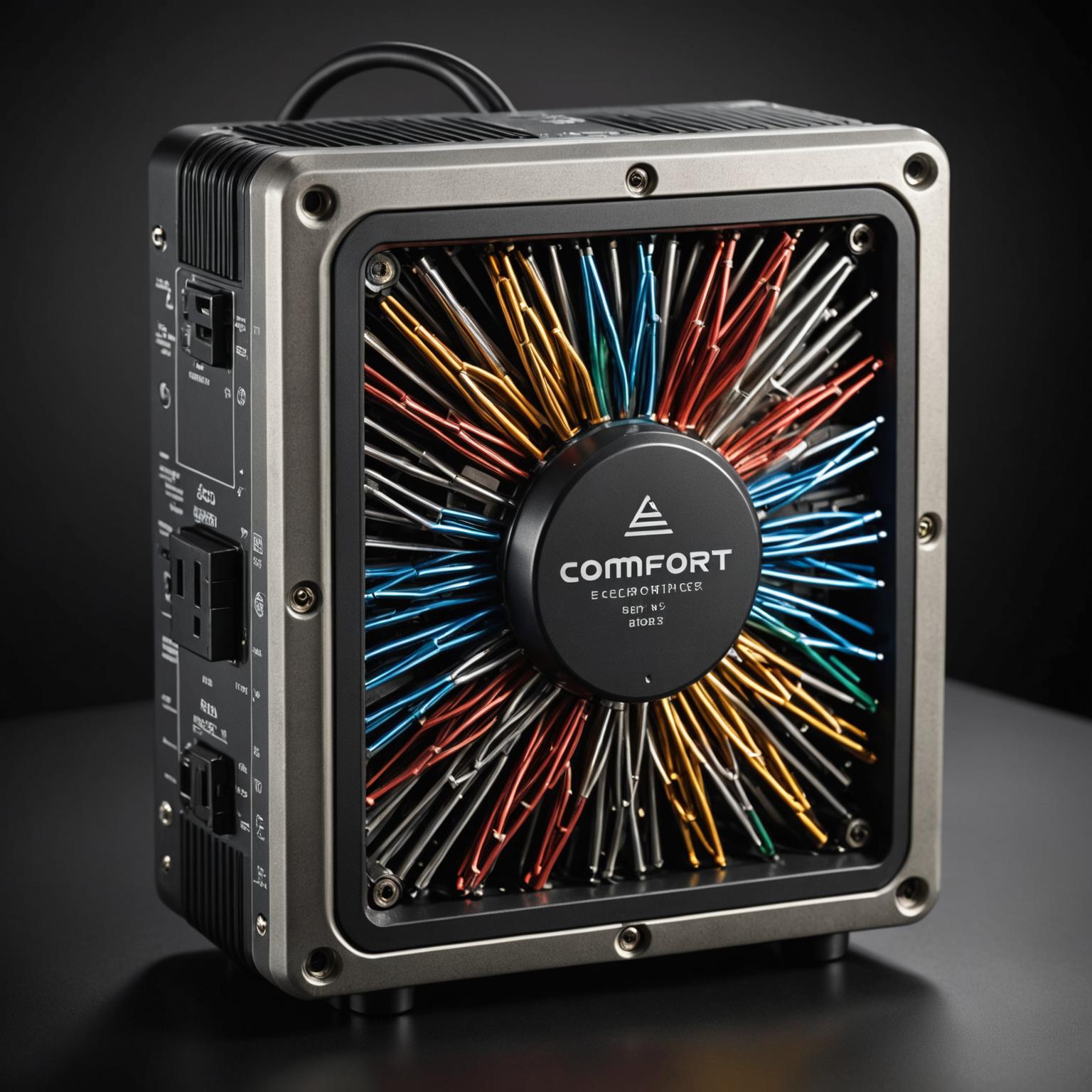Understanding the DC-DC Converter Step DownNon-lsolated

The Heart of Modern Electronics: Understanding the DC-DC Converter
In our increasingly electrified world, the ability to efficiently manage power is more critical than ever. From the smartphone in your pocket to the complex systems in an electric vehicle, countless devices rely on a stable and precise voltage to function correctly. At the core of this power management lies a humble yet essential component: the DC-DC converter. These devices are the unsung heroes of modern electronics, tasked with the crucial job of taking a direct current (DC) voltage source and converting it to a different level. Whether it’s stepping voltage up or down, these converters ensure that every part of a circuit receives the exact power it needs to operate flawlessly and efficiently.
What is a Step Down Converter?
Imagine trying to fill a small glass from a firehose; without some way to control the flow, the task would be messy and impractical. A step down converter, often called a buck converter, performs a similar function for electricity. Its primary purpose is to take a higher input voltage and efficiently reduce it to a lower, stable output voltage. For instance, a common application is taking the 12V or 24V from a battery and converting it to the 5V or 3.3V required by microcontrollers and sensors. A well-designed step down converter does this with minimal energy loss, dissipating very little power as heat. This efficiency is paramount in battery-powered applications where every milliwatt counts, extending operational life and improving overall performance.
Exploring the Non-Isolated Design
When discussing power conversion, the concept of isolation is important. An isolated converter has a physical electrical barrier between the input and output circuits, while a non-isolated DC-DC converter shares a common ground connection. While isolation is critical for safety in high-voltage or medical applications, the non-isolated design offers significant advantages in many other scenarios. A DC-DC Converter Step DownNon-lsolated is typically more compact, less expensive, and more efficient than its isolated counterpart because it has fewer components. This makes the non-isolated DC-DC converter an ideal choice for internal power regulation within a single system where the input source is already considered safe and a common ground is acceptable.
Applications and The Role of a Reliable DC-DC Power Supply
The versatility of these converters means they are found everywhere. In automotive systems, they power everything from the infotainment screen to the USB charging ports. In industrial settings, they regulate power for control systems and robotics. Even in renewable energy, they play a role in optimizing power from solar panels. In all these fields, the reliability of the DC-DC power supply is non-negotiable. A superior unit is characterized by its robust engineering—often featuring a rugged casing and integrated heat sinks to ensure it remains cool under load. This meticulous design guarantees a stable power output, protecting sensitive downstream electronics from damaging voltage fluctuations and ensuring the longevity and dependable performance of the entire system.
Choosing the Right Converter for Your Needs
Selecting the correct power conversion solution is fundamental to successful electronic design. Understanding the function of a step down converter and the benefits of a non-isolated design allows engineers and hobbyists to make informed decisions. By prioritizing components built for efficiency and reliability, you ensure your projects are not only functional but also durable and safe. As technology continues to advance, the demand for smarter, smaller, and more efficient power management will only grow, solidifying the importance of the humble DC-DC Converter Step DownNon-lsolated for years to come.
